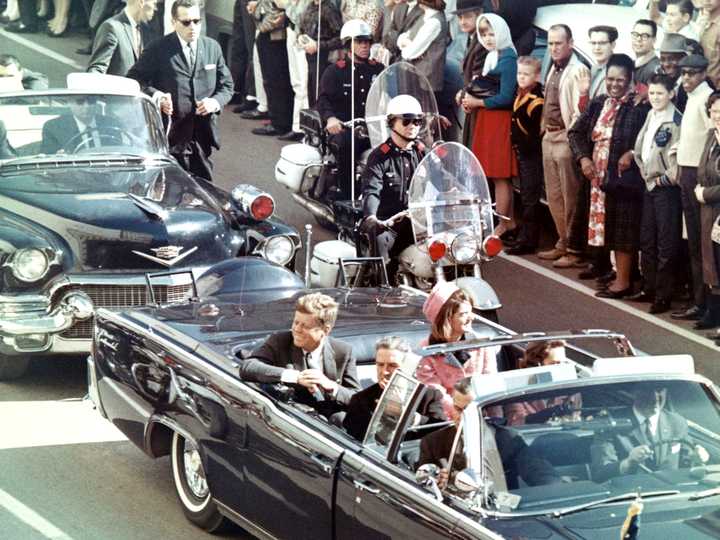More than 77,000 pages of previously redacted records, ordered released last week by President Donald Trump, offer fresh insight into the JFK assassination and what the government knew but kept secret for years. It also provides a glimpse at the battle between Kennedy and the CIA.
In reality, at least so far, no groundbreaking revelations have emerged to challenge the long-standing conclusion that Lee Harvey Oswald acted alone when he fired the bullet that changed history, according to according to USA Today.
It's a fact that Trump hinted at soon after the files were released.
"I don’t think there’s anything that’s earth-shattering, but you’ll have to make that determination," Trump said, per ABC News. "Everything is out there, totally open."
Two major federal investigations into Kennedy’s assassination reached the same conclusion: Oswald acted alone. He fired three shots from a 6.5-millimeter Italian Mannlicher-Carcano rifle from the sixth floor of the Texas School Book Depository in Dealey Plaza.
The first shot missed. The second struck Texas Gov. John Connally, who survived. And the third shot fatally wounded Kennedy.
Those core details have long been public, but the newly released files shed light on the smaller pieces of evidence investigators used to reach that conclusion and the theories they examined and later dismissed, ABC reported.
For example, the House Select Committee on Assassinations found the idea of a second shooter was "probably" just a conspiracy, USA Today reported. It also found that the Secret Service, FBI, and CIA were not involved in Kennedy's killing.
While the evidence has largely underwhelmed, it will likely take years for historians and experts to comb through all of the documents to mine all they have to offer.
So far, the document's biggest contribution is providing context into the Cold War activities of the CIA and the internal battle between the White House and its top intelligence-gathering agency.
In a 1961 memo following the failed Bay of Pigs invasion of Cuba, Kennedy aide Arthur Schlesinger warned that the CIA was undermining the president’s ability to conduct foreign diplomacy, NBC News reported.
He noted that the agency was beginning to meddle in the politics of allied nations, such as France, which could complicate or undermine the State Department’s diplomatic efforts.
One document revealed that the CIA had twice discussed assassination plots against Cuban leader Fidel Castro with President Lyndon Johnson. While the agency supported the plans, Attorney General Robert F. Kennedy pushed back on the idea, NBC reported.
Some of the documents the CIA had previously pushed to keep secret involve how its agents conducted spycraft.
For instance, the CIA gives field agents step-by-step instructions on how to install wiretaps in Mexico City, which they did from December 1962 to January 1963, according to ABC. The file also outlines the chemical that its agents should use to leave marks visible only under UV light for fellow spies.
Nearly all the newly released records have been digitized and are now searchable online. Click here to search through them.
Click here to follow Daily Voice Audubon-Mount Ephraim and receive free news updates.
